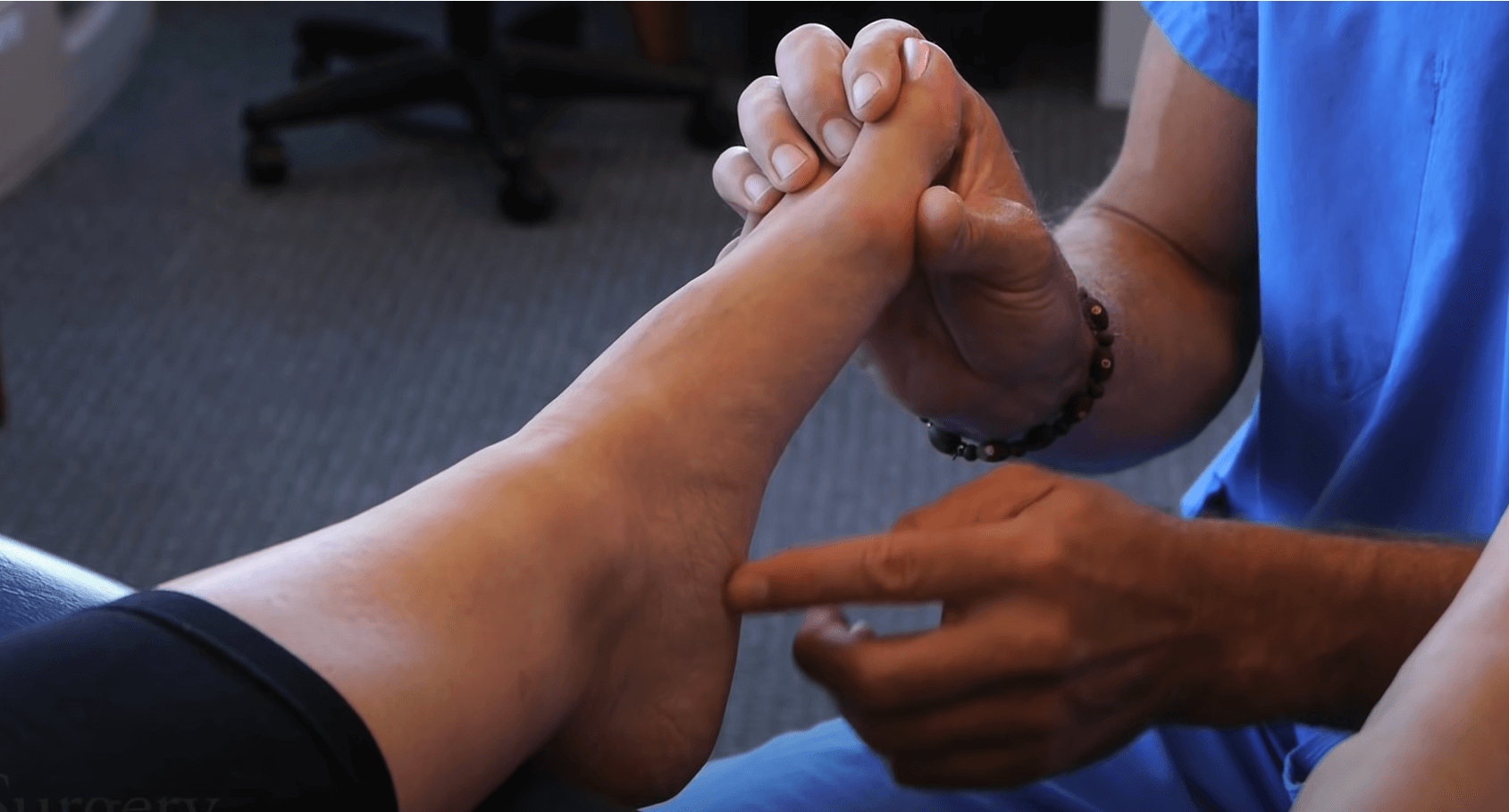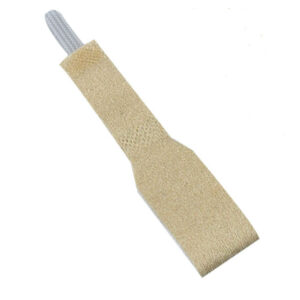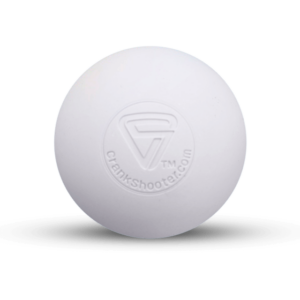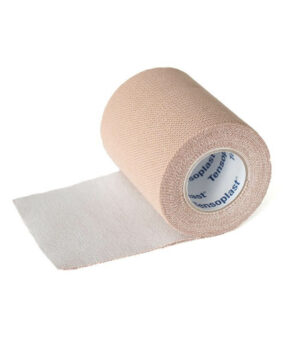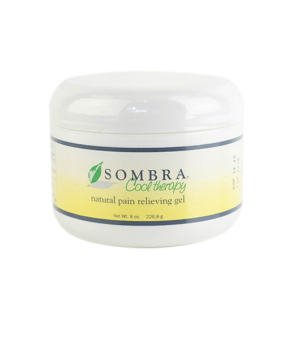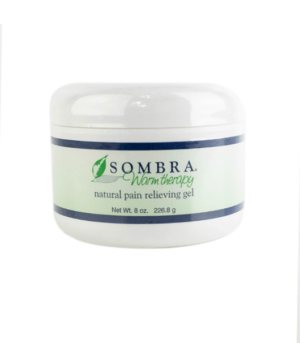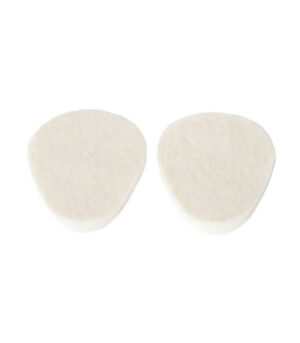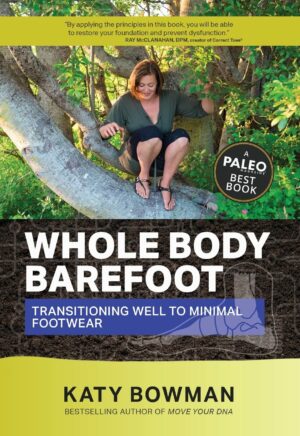Introduction
From restaurants to offices to hospitals to healthcare clinics, clogs are ubiquitous footwear in work and casual environments alike. A traditional clog is made solely from wood, while contemporary clogs incorporate wood soles (or no wood at all) with upper materials such as leather, which allows for more versatility and greater comfort. Today’s clogs (such as Danskos) are inspired by that original wood-style design, and they are sometimes backless, almost always have a heel and pitched toe box, and are usually stiff.
Clogs are a traditional part of many cultures throughout the world, including Dutch, Swedish, and Japanese cultures, and are worn for several key reasons, including protection, fashion, and for certain types of dance. The popularity of clogs has increased in recent years, as many consumers have been persuaded that clogs are a practical and foot-healthy option.
But is this belief fact or fiction? And are clogs really any different from “conventional” footwear? Let’s find out.
Myths Abound
Many doctors (including podiatrists) recommend clogs to patients who have foot ailments. In fact, the American Podiatric Medical Association (APMA) has given its Seal of Acceptance to Dansko (a leading brand of clogs) after rigorously evaluating their products and determining them to promote “quality foot health.” Some of the features that earned Dansko this “high praise” include anatomically contoured arch support, rocker-bottom soles, and heel elevation—a feature that some doctors believe eases strain on leg and back muscles.
It’s no wonder, then, that clogs have gained an almost mythic reputation for being foot-healthy footwear. Sadly, this reputation is built on an incredible amount of misinformation, aided and abetted by the APMA and other groups who, unbelievably, tout arch support, bizarre sole construction, and heel elevation as beneficial shoe design features. The idea of clogs as beneficial footwear has gone mainstream, but the underpinnings of this belief are nothing more than regurgitated shoe industry myths about what constitutes a healthy and stable home for your feet.
The Truth About Clogs
Some people who wear clogs do experience a degree of foot pain relief. Unfortunately though, the relief is often temporary, mainly because clogs fail to address the true underlying cause of most foot and toe problems. So while the diminished pain makes it seem like the problem has been resolved, wearing clogs on a regular basis actually sets people up for further (and often worse) foot ailments down the road.
The truth is, clogs are among the most harmful or injurious shoe types available to consumers. Most clogs share many of the same unfavorable design features that other conventional shoes possess (please see the section immediately below). Clogs, like other conventional shoes, strip your foot of its inherent power, destabilize your main foot arch, and contribute to common toe deformities and problems, such as hallux valgus, bunions, tailor’s bunions, hammertoes, clawtoes, among others. Clogs also make it difficult for you to experience much (if any) tactile feedback from the ground you walk on, due to their extraordinary thick and rigid soles.
You won’t hear this truth about clogs from many other sources, which is why it’s so important to heed this warning: Clogs, like other types of conventional footwear, cause or contribute to many foot and toe problems, including neuromas, plantar fascia pain, and ingrown toenails. And they do this because they place your feet and toes in unnatural, compromised positions for many hours at a time. It’s only by examining the harmful design features included in most clogs, though, that you’ll get a better sense of how clogs impair foot health and cause problems.
Harmful Shoe Design Features
The following design features are common inclusions in most clogs. These features, either individually or collectively, alter foot anatomy or function in an unfavorable way and should be avoided:
- Rigid Soles. Thick, rigid soles make it almost impossible to get a sense of the ground you’re walking on, which may predispose you to errant footfalls and ankle injuries. The biggest problem with rigid soles, however, is that they hold your feet and toes in a compromised and deformed position for prolonged periods. When you wear shoes with rigid soles, it’s like putting your foot in a cast and expecting it to get stronger. In most cases, only a very thin layer of material between your foot and the ground is all that’s required to adequately protect your sole.
- Heel Elevation. Most clogs possess a design feature called heel elevation that raises your heel above your forefoot. Heel elevation is problematic for several reasons. First, it destabilizes your inherently strong principle foot arch (your medial longitudinal arch). Second, it places excessive pressure on the ball of your foot and the many important structures located in this part of your foot (bones, nerves, etc.). And third, it increases your likelihood of an ankle sprain, as an elevated heel is less stable and rolls more freely from side to side than a heel that is flat on the ground. A foot-healthy shoe has a completely flat sole, from your heel to your toes.
- Tapering Toe Boxes. Toe box taper—and the wedge-like position it forces your toes into—is a major problem associated with most conventional shoes, including clogs. There is a common belief that clogs possess a “wide toe box,” and that this is good for foot health. While it’s true that a wide toe box is a foot-healthy design feature to look for in footwear, most shoes that claim to have a wide toe box—including many varieties of clogs—are actually widest at the ball of the foot, not at the ends of the toes, where you need it the most. A true foot-healthy shoe possesses a toe box that allows your toes to splay properly, the way nature intended.
- Toe Spring. Toe spring is another major design flaw built into most conventional footwear, including clogs. Toe spring, also known as toe ramping, is a design feature that elevates your toes above your forefoot. When combined with heel elevation, toe spring effectively acts to invert your main foot arch, destabilizing your arch and putting excessive pressure on the ball of your foot. When it comes to toe spring, what’s especially pronounced is most clogs (even more than other types of footwear) is both the toe spring itself and the rigidity of this toe spring. The rigid toe spring built into most clogs holds or immobilizes your toes in an unnatural, extended position, which contributes to foot tendon imbalances and tight toe extensor muscles over time. Tight toe extensor muscles and tendons can cause various toe deformities, collectively known as crooked toes.
Lasting Effects of Clogs (& Other Injurious Footwear)
Clogs unnaturally alter your weight distribution and immobilize your foot joints—two circumstances that can (in some cases) contribute to temporary pain relief. But wearing clogs “kicks the can down the road” and leads to chronic foot problems later on. Many of the foot problems that eventually befall clogs-wearers develop painlessly and are masked (at least initially) by the reduced foot sensitivity that comes from wearing such an extremely rigid-soled shoe.
Clogs and other conventional footwear can cause both immediate and long-term discomfort and foot problems. Some research indicates that the loads on hip and knee joints are significantly higher in people who wear conventional footwear than in those who walk barefoot. A 2006 study published in the journal Arthritis and Rheumatism states that conventional footwear may be contributing to the prevalence and progression of hip and knee osteoarthritis in our society. Osteoarthritis is an extremely painful joint problem that’s associated with excessive joint wear and tear. This health problem can significantly affect your quality of life and keep you from enjoying your favorite physical activities.
Conclusion
Clogs are not what they are touted to be. And wearing clogs is not a way for you to improve or preserve your foot health, as most clogs include design features that cause foot pain and problems, either now or down the road. To truly preserve foot and toe health, seek out footwear that is flat from heel to toe, possesses a toe box that’s widest at the ends of your toes, and has a sole that can be easily flexed and twisted. It’s also important to restore normal, healthy foot and toe anatomy after years of wearing conventional footwear. A toe-spacing device, such as Correct Toes, can help you do just that.
Check out our Shoe List for examples of shoes that truly support natural foot health. You can also download our Shoe Selection Guide.
References
- American Podiatric Medical Association. Dansko, LLC. http://www.apma.org/Learn/company.cfm?ItemNumber=1432. [accessed 2013 Jun 20].
- Shakoor N, Block JA. Walking barefoot decreases loading on the lower extremity joints in knee osteoarthritis. Arthritis & Rheumatism. 2006. Sep; 54(9): 2923-2927.
Authors of this Article: Robyn Hughes, ND & Ray McClanahan, DPM





